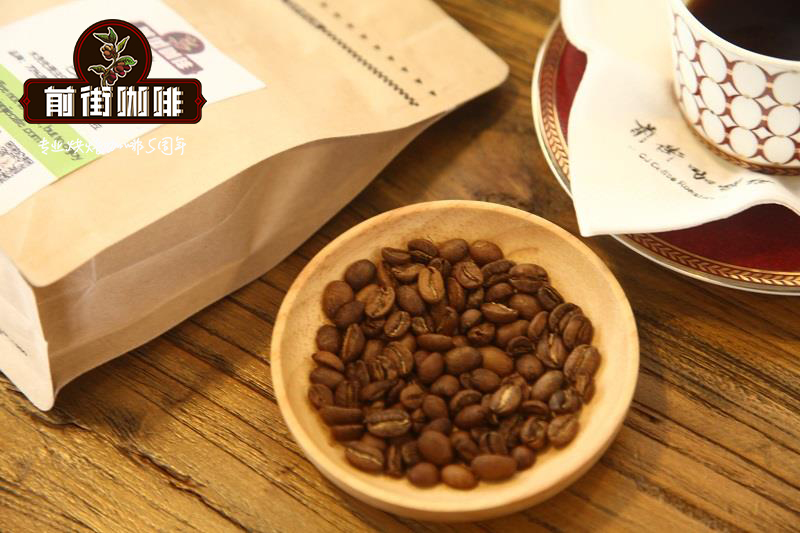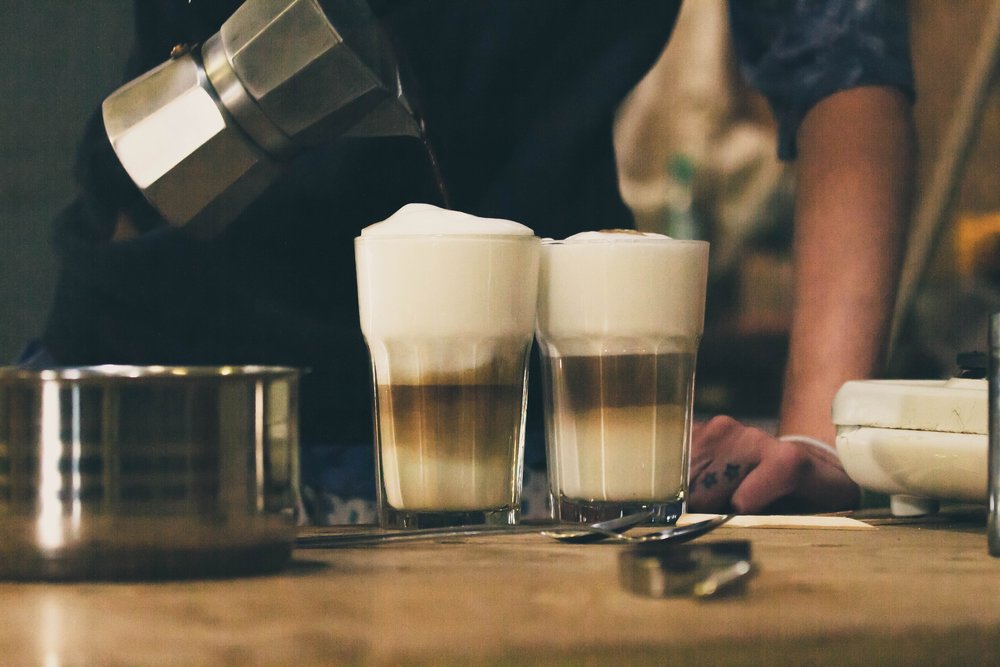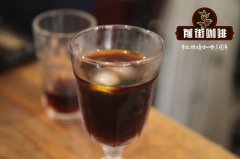Indonesian specialty coffee treatment, wet planing method

Professional coffee knowledge exchange more coffee bean information please follow the coffee workshop (Wechat official account cafe_style)
The emergence of wet planing is related to the climatic conditions and historical background of Indonesia, which is also known as Giling Basah in the local language, which is the traditional Indonesian coffee treatment.
Considering the factors of natural environment
Because Indonesia has high humidity all the year round.
If you follow the normal washing method,
The drying time will be twice as long as the normal treatment.
And if the coffee beans are not dried in time,
It is prone to excessive fermentation and mildew.
As a result, the wet planing method is derived.
The steps are as follows:
1. After the coffee farmers harvest the fruits, they put them into the storage tank to remove sundries and unripe beans.
2. Put the peeling machine to remove the pulp and peel, and retain the endocarp and pectin.
3. Put it in a concrete box or plastic bucket to ferment overnight and decompose the pectin
4. Wash the coffee fruit and remove pectin
5. put it in the sun for 2-3 days to reduce its water content to 20-24%, when the endocarp is in the semi-dry stage.
6. use a machine to remove the endocarp; (this step is in the semi-dry stage of raw beans, so this method is called "wet planing")
7. Continue drying so that the water content is reduced to 12-13%, dry in the sun during the day, and continue to ferment in sacks at night until the drying is finished.
Advantages: by putting it in a barrel for dry body fermentation, the pectin sugar will be fully fermented to increase the flavor of the coffee.
Disadvantages: when using the wet planing method, because the endocarp is removed when it is not completely dry, the endocarp in this condition is not easy to remove, and if you peel off more, the coffee beans will be damaged, so bauhinia beans often appear.
The endocarp was shaved off in the process of wet planing.
Let the beans come into direct contact with the air
Therefore, the ratio of moldy beans to defective beans will be higher than that of washing and sun treatment.
Historical influence
The local people's choice of the wet planing method must be inseparable from its economic benefits:
The Dutch colonists who introduced coffee trees to Indonesia in the 17th century sought more and faster economic returns.
Wet planing treatment greatly shortens the time spent on the farm
It also greatly reduces the cost of manpower.
This has to do with the pursuit of quick profits.
The investor mentality of reducing costs coincides with each other.
This is another reason for promoting the wet planing method.
Important Notice :
前街咖啡 FrontStreet Coffee has moved to new addredd:
FrontStreet Coffee Address: 315,Donghua East Road,GuangZhou
Tel:020 38364473
- Prev

[coffee special] want to mix out the taste that the guest wants? You have to learn to read minds first!
Professional coffee knowledge exchange more coffee bean information please follow the coffee workshop (Wechat official account cafe_style) whether you are playing coffee or mixing drinks, as long as you are interested in making drinks at the bar, after a stage of study, you should begin to think about this question: how to create a unique drink? This means that you have to start with copying and copying.
- Next

The difference between AMERICANO and LONG BLACK how to distinguish AMERICANO from LONG BLACK
Professional coffee knowledge exchange more coffee bean information Please follow the coffee workshop (Wechat official account cafe_style) how fine coffee powder needs to be ground to achieve perfect extraction? Uncle Coffee: grinding beans is the first step of handmade coffee, but it is also a step that many people are easy to fail. It is either too fine or too thick, which indirectly affects the taste of the brewed coffee. If you want to master the coffee accurately.
Related
- What is the meaning of lactic acid fermentation with coffee bean treatment?
- How to judge the state of foam by sound?
- How does the latte pull out the unicorn pattern? Come to get for a little trick to improve the flower pull!
- Will flower pulling affect the taste of the latte?
- Do you know the history of coffee?
- The difference between honey treatment and sun washing what is raisin honey treatment?
- What kind of milk can a novice use to make coffee foam to keep the foam longer? The correct method and skills of milking tutorial sharing
- Why do washed coffee beans taste sour? Flavor characteristics of washed Coffee
- Introduction to the skill of how to practice the size and height of water injection around the circle of hand-brewed coffee
- How do beginners practice coffee flower drawing from scratch?

